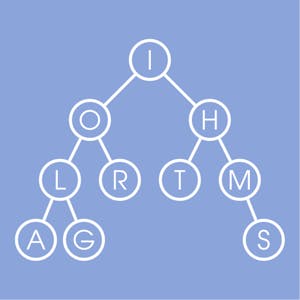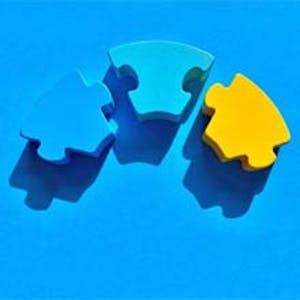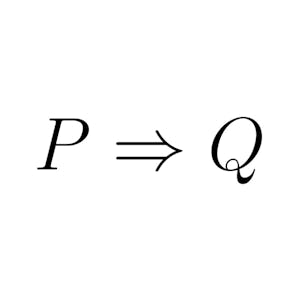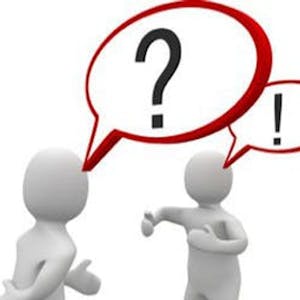Introduction to Web Applications
About this Course
Students start by learning about the HyperText Markup Language (HTML) and basic rules for creating compliant HTML. They learn tags for creating web pages and formatting text on the page including lists and special characters. Students will learn how to embed images, video and audio in web pages and format information in tables. They will learn to create hyperlinks, and to use text and images for hyperlinks including creating image maps. Students will also create HTML forms to collect user information. Then students will learn about Cascading Style Sheets (CSS) including in-line styles, embedded style sheets and external style sheets. They will use CSS to format web pages using combinators, and attribute, structural and pseudo-element selectors to change colors, and add creative elements including borders, drop-shadows, block quotes, background images, and gradients. They will use CSS to control page layout including creating flexible box layouts and newspaper style columns. They will also use CSS to create transitions and animations. The labs guide students through the process of creating a multiple page website with a consistent theme that includes tables, forms, and animated elements. Then they will complete a capstone project to demonstrate mastery of course objectives.Created by: Akamai Technologies, Inc.

Related Online Courses
A good algorithm usually comes together with a set of good data structures that allow the algorithm to manipulate the data efficiently. In this online course, we consider the common data structures... more
This guided project, Flask for Beginners: Creating an Application, will help a beginning Python programmer who is looking to use Flask to create and launch a web application. In this 1.5-hour long... more
The course provides a general overview of the main methods in the machine learning field. Starting from a taxonomy of the different problems that can be solved through machine learning techniques,... more
This course provides a very brief introduction to basic mathematical concepts like propositional and predicate logic, set theory, the number system, and proof techniques. At the end of the course,... more
By taking Introduction to Logic and Critical Thinking you will improve your ability to identify, analyze, and evaluate arguments by other people (including politicians, used car salesmen, and... more








